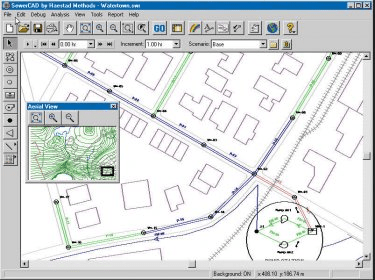

Less portable – with the extra components and cables an EAA setup is a bigger challenge to move about.Additional cost – the cameras and gear needed are additional costs (your eyes are free!).This also means cables and power sources. Requires a more complicated setup – you need an EAA camera as well as a laptop all connected.There are of course some disadvantages in contrast to normal astronomical viewing: You can livestream what you are seeing – if you want to you can share your view online and connect with others, rather than it just being you and your telescope.Good for people with visual impairments – people who struggle with looking through an eyepiece due to eyesight problems can observe on a much larger screen.You can use cheaper and smaller telescopes – since the view is being electronically enhanced, you can use lower aperture telescopes to save money and they can be smaller and more portable.It diminishes light pollution – similarly, this building of the image works to combat the impact of light pollution where you are observing.You can see more than you would normally – the stacking of the image means that it can build a clearer view, over what you would see in realtime.In contrast with “regular” astronomy and observing there are a number of advantages to EAA, including: There is also Video Astronomy, which is very similar but uses a video camera to capture video rather than an EAA camera to capture multiple exposures.Ī good way to understand what EAA is is to watch this video of an EAA live streaming event demonstrating views of the moon, Uranus, Mars, Andromeda, and more: There is no difference between these, it’s just that some forums prefer different terminology. Electronically Enhanced Visual Astronomy (EEVA).



 0 kommentar(er)
0 kommentar(er)
